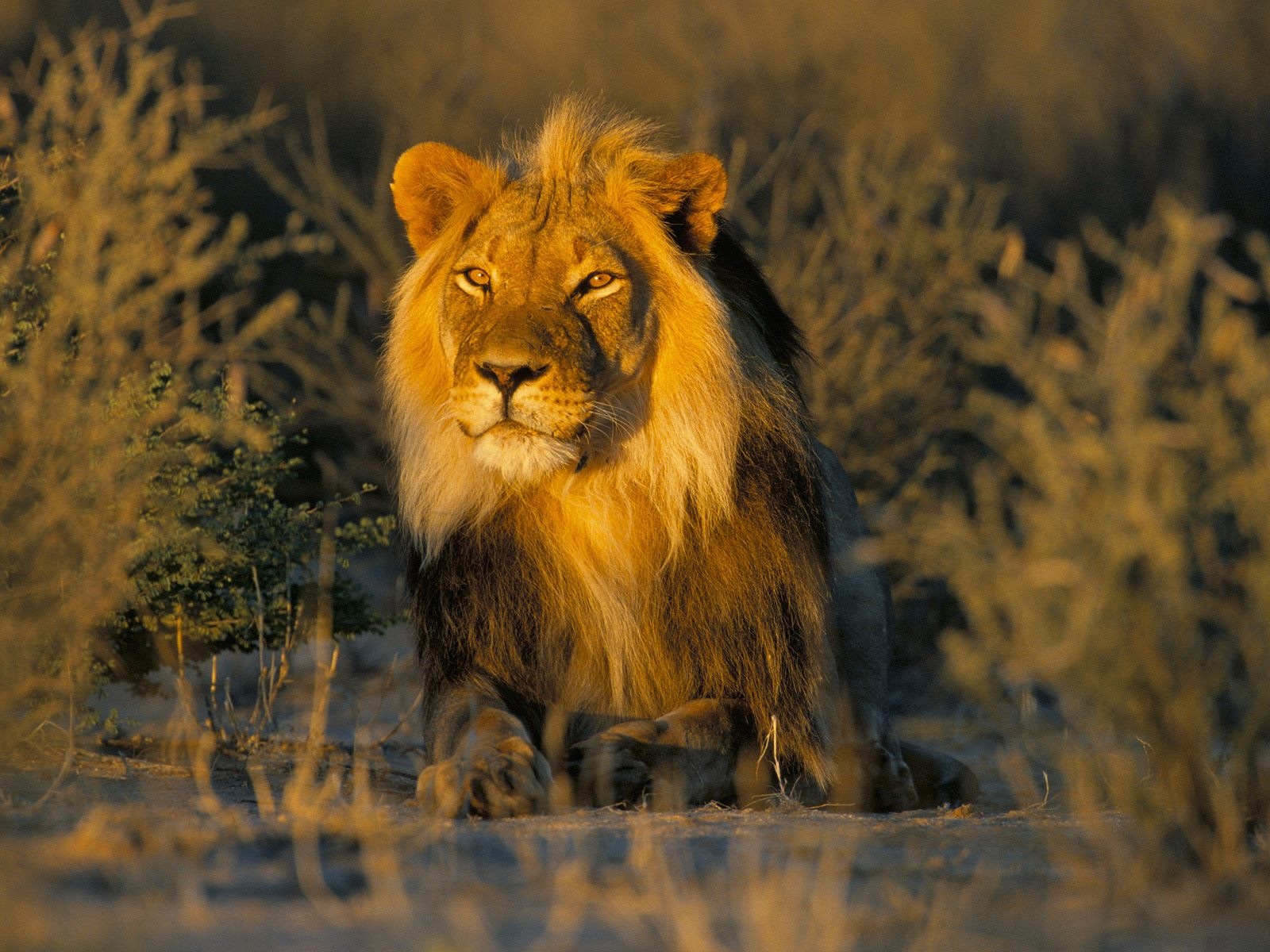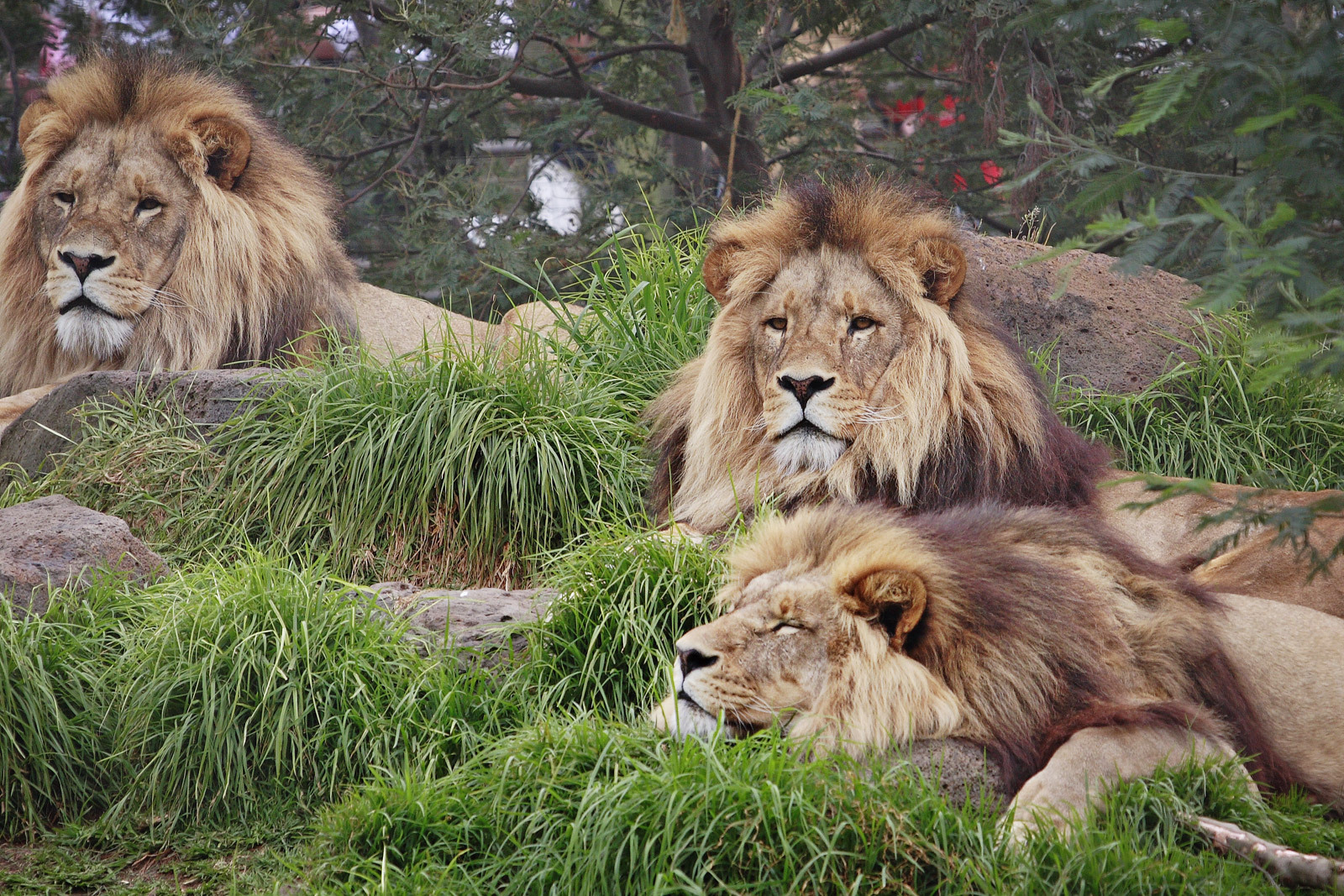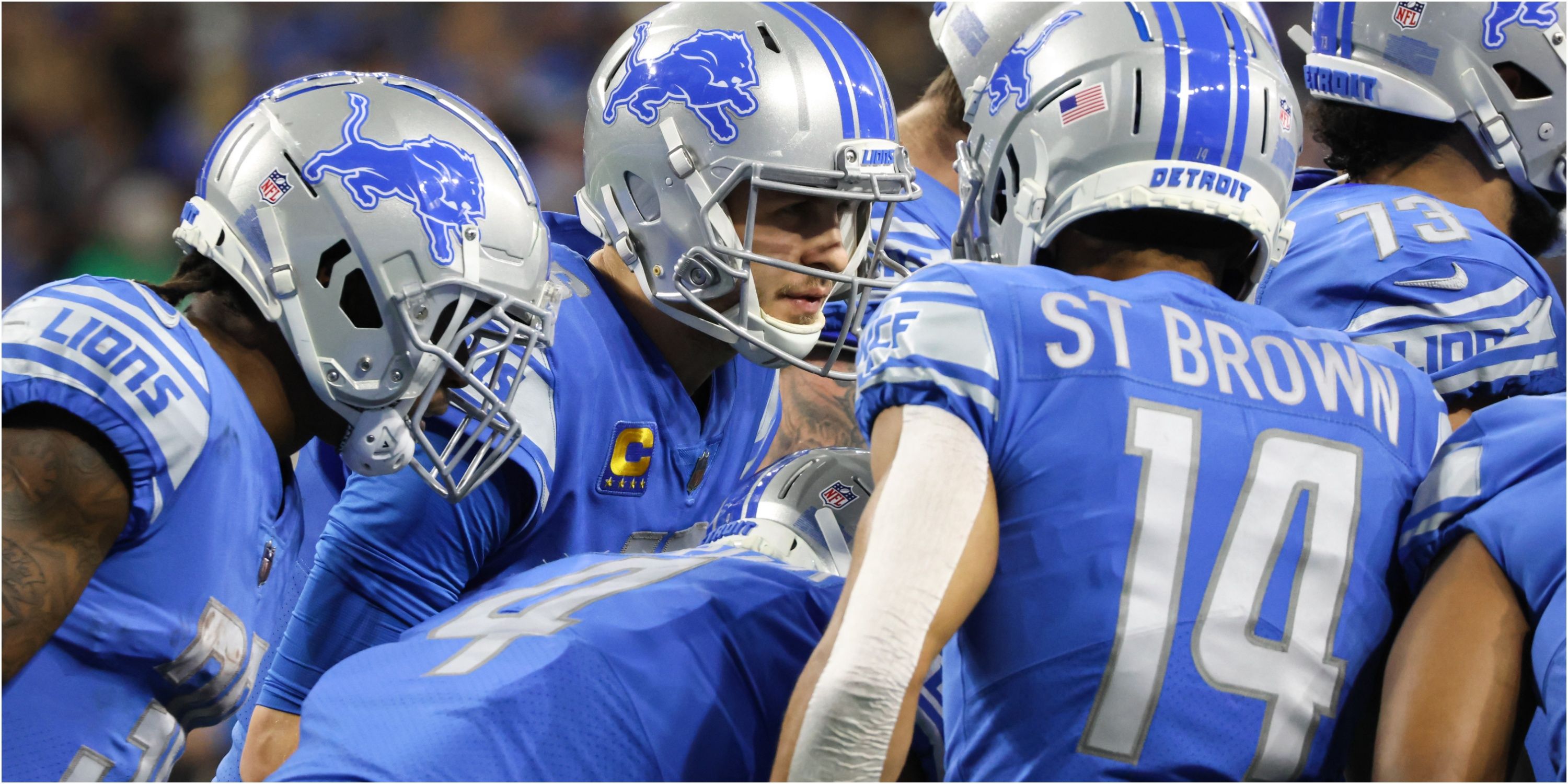Lions, the majestic predators of the African savanna, captivate us with their strength, agility, and intricate social dynamics. Their reign as the ‘King of the Jungle’ extends beyond their physical prowess, as they exhibit remarkable social behaviors that shape their survival and success.
From their hierarchical pride structure to their cooperative hunting strategies, lions demonstrate a fascinating array of social interactions. Understanding these behaviors is crucial for their conservation, as it provides insights into their vulnerability to environmental changes and human activities.
Taxonomy and Classification
Lions belong to the genus Panthera, which also includes tigers, leopards, jaguars, and snow leopards. Within the genus Panthera, lions are classified as the species Panthera leo. There are several recognized subspecies of lions, including:
- Panthera leo leo(African lion)
- Panthera leo persica(Asiatic lion)
- Panthera leo senegalensis(West African lion)
- Panthera leo krugeri(Kruger lion)
- Panthera leo melanochaita(Cape lion)
Lions are closely related to other members of the genus Panthera, and they share many common characteristics. However, lions are unique in their social structure, which is characterized by the formation of prides. Prides are typically made up of several related females, their young, and one or two males.
The evolutionary history of lions is complex, and it is still not fully understood. However, it is believed that lions evolved from a common ancestor that also gave rise to tigers, leopards, and jaguars. Lions are thought to have diverged from their closest relatives, the tigers, around 2 million years ago.
Physical Characteristics

Lions, the second largest cats in the world, are majestic creatures with distinctive physical features that enable them to thrive in their habitats.
Adult male lions, known as lions, are significantly larger than females, or lionesses. Lions typically weigh between 330 and 550 pounds (150-250 kg) and stand about 3-4 feet (0.9-1.2 meters) tall at the shoulder. Lionesses, on the other hand, weigh between 220 and 400 pounds (100-180 kg) and stand about 2.5-3
feet (0.75-0.9 meters) tall at the shoulder.
Coat Color and Patterns
Lions exhibit a wide range of coat colors, including various shades of brown, gold, and tawny. Their coats are typically short and dense, providing insulation in both hot and cold environments. The color of their coats helps them camouflage effectively in their habitats, primarily savannas and grasslands.
Distinctive Features
One of the most striking features of lions is their manes, which are thick and bushy and vary in color from blonde to black. Manes serve several purposes, including protecting the lion’s neck during fights and making them appear larger and more intimidating to potential predators or rivals.
Lions also have retractable claws that they use for hunting and gripping prey. Their large paws provide stability and traction while running and jumping. Additionally, lions possess sharp canine teeth that can measure up to 3 inches (7.6 cm) in length, enabling them to kill their prey swiftly.
Adaptations for Hunting
Lions are skilled predators, and their physical characteristics have evolved to enhance their hunting abilities. Their strong muscles allow them to take down large prey, while their keen eyesight and hearing help them detect potential victims from afar.
Lions are also social animals that often hunt in groups, known as prides. This cooperative hunting strategy increases their success rate and allows them to tackle larger prey.
Behavior and Social Structure
Lions are highly social animals that live in groups called prides. These prides can range in size from a few individuals to over 30, and their social structure is complex and fascinating.
Pride Dynamics
Prides are typically led by a dominant male, who is responsible for defending the pride’s territory and mating with the females. The females in the pride are responsible for raising the cubs and hunting for food. Lions are cooperative hunters, and they often work together to take down large prey.
Hunting Strategies
The hunting strategies of lions vary depending on the environment in which they live. In open areas, lions will often hunt in groups, using their speed and agility to chase down their prey. In more densely forested areas, lions will often hunt alone, using stealth and ambush tactics to catch their prey.
Communication Methods
Lions communicate with each other using a variety of vocalizations, including roars, growls, and meows. They also use scent marking and body language to communicate.
Social Structure Variation
The social structure of lions can vary depending on a number of factors, including prey availability, habitat type, and human activity. In areas where prey is abundant, lions are more likely to live in large prides. In areas where prey is scarce, lions are more likely to live in smaller prides or even as solitary individuals.
Lions, the majestic kings of the jungle, deserve a cozy den just like us humans. If you’re looking to upgrade your fireplace, consider installing wood burning fireplace inserts . They’ll not only keep your pride warm and toasty but also give your hearth a regal touch.
So, whether you’re entertaining guests or simply enjoying a quiet evening, your lions will feel like true royalty in front of a roaring fire.
Genetics and Learning
Both genetics and learning play a role in shaping lion social behavior. Lions that are closely related are more likely to cooperate with each other, and they are more likely to share similar hunting strategies. Lions also learn from their experiences, and they can adjust their social behavior based on what they have learned.
Lions, the majestic kings of the jungle, roam the savannas with unmatched grace and power. But when they seek a cozy retreat after a day of hunting, they too appreciate the comfort of a good night’s sleep. If you’re looking to give your little cubs the royal treatment, check out our incredible bunk bed with mattress sale . With its sturdy construction and plush mattresses, it’s the perfect den for any aspiring lion or lioness.
And just like lions in their pride, your kids will love snuggling up together in this cozy haven.
Key Findings
Research on lion social behavior has shown that lions are highly social animals with a complex social structure. The social structure of lions can vary depending on a number of factors, including prey availability, habitat type, and human activity. Both genetics and learning play a role in shaping lion social behavior.
Habitat and Distribution

Lions are majestic creatures that inhabit a variety of habitats across Africa. They prefer open grasslands, savannas, and woodlands, where they can easily hunt their prey and find shelter. Lions are also found in semi-arid regions, shrublands, and even coastal areas.
Their geographic range extends from the southern tip of Africa to the Sahara Desert in the north.
Habitat Availability and Human Activities
The availability of suitable habitats plays a crucial role in lion populations. Lions require vast territories to roam and hunt, and habitat loss due to human activities, such as agriculture, urbanization, and mining, is a major threat to their survival.
Human-lion conflicts also arise when lions come into contact with livestock and human settlements.
| Habitat | Characteristics | Lion Population Density | Threats |
|---|---|---|---|
| Grasslands | Open areas with tall grasses, providing cover for hunting and resting | High | Habitat loss, human-lion conflict |
| Savannas | Mix of grasslands and trees, offering both hunting grounds and shelter | Moderate | Habitat fragmentation, poaching |
| Woodlands | Dense forests with open areas, providing shade and cover | Low | Habitat degradation, logging |
| Semi-arid Regions | Sparse vegetation and water sources, challenging for survival | Very Low | Drought, habitat loss |
| Coastal Areas | Beachfront habitats with limited prey availability | Rare | Habitat destruction, human disturbance |
Conservation Measures
To protect lion habitats and populations, conservation organizations and governments are implementing various measures. These include:
- Establishing protected areas, such as national parks and wildlife reserves
- Promoting sustainable land-use practices that minimize habitat loss
- Reducing human-lion conflicts through community-based conservation initiatives
- Enforcing anti-poaching laws and combating illegal wildlife trade
Diet and Hunting

Lions are apex predators, meaning they are at the top of their food chain and have no natural predators. Their diet consists primarily of large herbivores, such as wildebeest, zebra, and antelope. Lions are also known to prey on smaller animals, such as hares, rodents, and birds.
Lions are ambush predators, meaning they typically lie in wait for their prey before attacking. They use their keen eyesight and hearing to detect potential prey from a distance. Once they have located their target, they will stealthily approach, using vegetation or other cover to conceal their movements.
When they are close enough, they will launch a sudden attack, using their powerful jaws and sharp claws to subdue their prey.
Hunting Techniques
Lions have a variety of hunting techniques that they use to capture their prey. These techniques include:
- Ambush:Lions will lie in wait for their prey, concealed by vegetation or other cover. When their prey comes close, they will launch a sudden attack.
- Stalking:Lions will stalk their prey, following them at a distance until they are close enough to attack.
- Cooperative hunting:Lions often hunt in groups, cooperating to surround and attack their prey.
Lions are successful predators, and they play an important role in their ecosystems. They help to control the populations of herbivores, which can prevent overgrazing and help to maintain the balance of the ecosystem.
Reproduction and Life Cycle
Lions have a complex reproductive cycle that is influenced by various factors, including their social structure and environmental conditions. Let’s delve into the intricacies of lion reproduction and the factors that shape their life cycle.
Mating Behavior
Lions are polygynous, meaning that males mate with multiple females. Mating typically occurs during the dry season, when food resources are more abundant. Male lions establish territories and defend them from other males. When a female lion enters a male’s territory, he will attempt to mate with her.
Gestation Period and Cub Development
The gestation period for lions is approximately 110 days. After giving birth, the female lion will typically nurse her cubs for around six months. During this time, the cubs are vulnerable to predators and other threats. The cubs will begin to hunt with their mother when they are around six months old.
Factors Influencing Reproduction and Survival Rates, Lions
Several factors can influence the reproductive success and survival rates of lions. These include:
- Pride size:Larger prides have a higher reproductive success rate due to the increased protection they provide for cubs.
- Resource availability:The abundance of food and water can significantly impact lion reproduction and survival.
- Disease and parasites:Lions can be susceptible to various diseases and parasites that can affect their reproductive health and survival.
- Human activity:Habitat loss, hunting, and other human activities can pose threats to lion populations and their reproductive success.
Conservation Status and Threats
Lions, once widely distributed across Africa and Eurasia, have faced significant population declines in recent decades. The International Union for Conservation of Nature (IUCN) lists the lion as “Vulnerable,” indicating a high risk of extinction in the wild.
Lions, the majestic rulers of the savanna, embody strength and courage. Their connection to Famalicao , a Portuguese city known for its architectural splendor, is a testament to the enduring power of these magnificent creatures. Famalicao’s coat of arms proudly features a lion, symbolizing the city’s strength and resilience throughout history.
As the sun sets over the savanna, casting a golden glow on the land, lions continue to inspire awe and admiration, reminding us of the untamed spirit that resides within us all.
Major threats to lion populations include:
Habitat Loss and Fragmentation
Human activities such as agriculture, mining, and urbanization have led to widespread habitat loss and fragmentation, reducing the availability of suitable living areas for lions.
Poaching
Lions are often hunted for their body parts, which are used in traditional medicine and as trophies. Poaching has become a significant threat to lion populations, particularly in areas with weak law enforcement.
Human-Wildlife Conflict
As human populations expand, they increasingly come into contact with lions. This can lead to conflicts, such as livestock depredation and attacks on humans, which often result in the killing of lions.
Disease
Lions are susceptible to various diseases, including canine distemper virus and feline immunodeficiency virus (FIV). These diseases can spread rapidly through lion populations, causing significant mortality.
Climate Change
Climate change is predicted to impact lion habitats, affecting prey availability and increasing the frequency of extreme weather events. The long-term effects of climate change on lion populations are still being studied.
Cultural Significance
Lions have held a profound cultural significance throughout history, embodying strength, courage, and nobility. Their majestic presence and regal bearing have inspired awe and admiration in societies across the globe.
Symbolic Meanings and Representations
In ancient Egypt, lions were revered as sacred animals, representing the sun god Ra and the goddess Sekhmet. In Greek mythology, the lion was associated with the hero Hercules and the goddess Artemis, symbolizing strength and hunting prowess. In many African cultures, lions are seen as symbols of power and royalty, and their presence is often associated with leadership and authority.
Role in Folklore and Legends
Lions have featured prominently in folklore and legends around the world. The Lion King, a beloved Disney film, portrays lions as majestic rulers of the animal kingdom. In the Indian epic Ramayana, the lion is a symbol of courage and determination, while in Chinese mythology, it represents power and protection.
Cultural and Historical Influences
The cultural significance of lions has been shaped by various historical and cultural factors. In Europe, the lion was a symbol of Christianity, representing the strength and power of God. During the Middle Ages, lions were often depicted in heraldry, representing the nobility and bravery of knights.
Lions as Symbols of Power and Nobility
Throughout history, lions have been used as symbols of power and nobility. They have adorned royal crowns, flags, and seals, representing the authority and prestige of rulers and nations. In many cultures, the lion is seen as a guardian figure, protecting against evil and danger.
Cultural Significance in Contemporary Society
In contemporary society, lions continue to hold cultural significance. They remain popular symbols in popular culture, appearing in films, television shows, and literature. Lions are also featured in zoos and wildlife parks, where they continue to inspire awe and wonder in visitors.
– Threats to Lion Populations
Lions face a multitude of threats that jeopardize their survival. These threats include habitat loss, poaching, and human-lion conflict, which have severe consequences for lion populations and the ecosystems they inhabit.
Habitat Loss
Habitat loss is a major threat to lions. As human populations grow and urbanization expands, natural habitats are converted for agriculture, development, and other human activities. Deforestation and habitat fragmentation disrupt lion territories, making it difficult for them to hunt, breed, and raise their young.
Lions may also face displacement and increased competition for resources, leading to population decline.
Poaching
Poaching is another serious threat to lions. Lions are targeted for their body parts, including their skin, bones, and teeth, which are used in traditional medicine and other illegal activities. Poaching has led to a significant decline in lion populations, particularly in areas where law enforcement is weak or corruption is prevalent.
Human-Lion Conflict
Human-lion conflict arises when lions prey on livestock or enter human settlements, leading to retaliatory killings by farmers and herders. This conflict can result in the loss of both lions and livestock, and can create negative attitudes towards lions among local communities.
Final Summary: Lions

In the tapestry of the African savanna, lions stand as iconic symbols of strength, resilience, and the delicate balance of nature. Their social complexity, coupled with their apex predator status, highlights the intricate interconnectedness of ecosystems and the importance of preserving these magnificent creatures for generations to come.